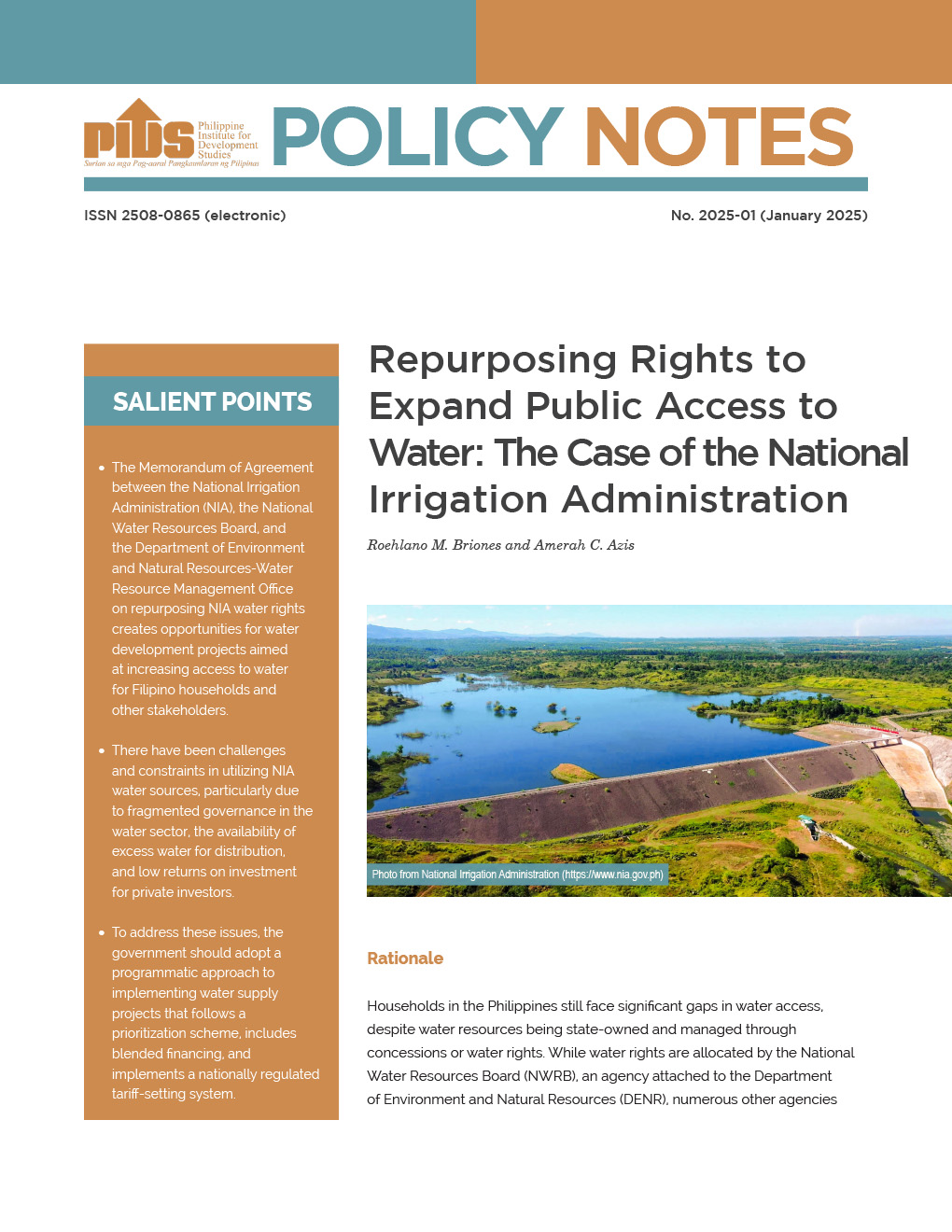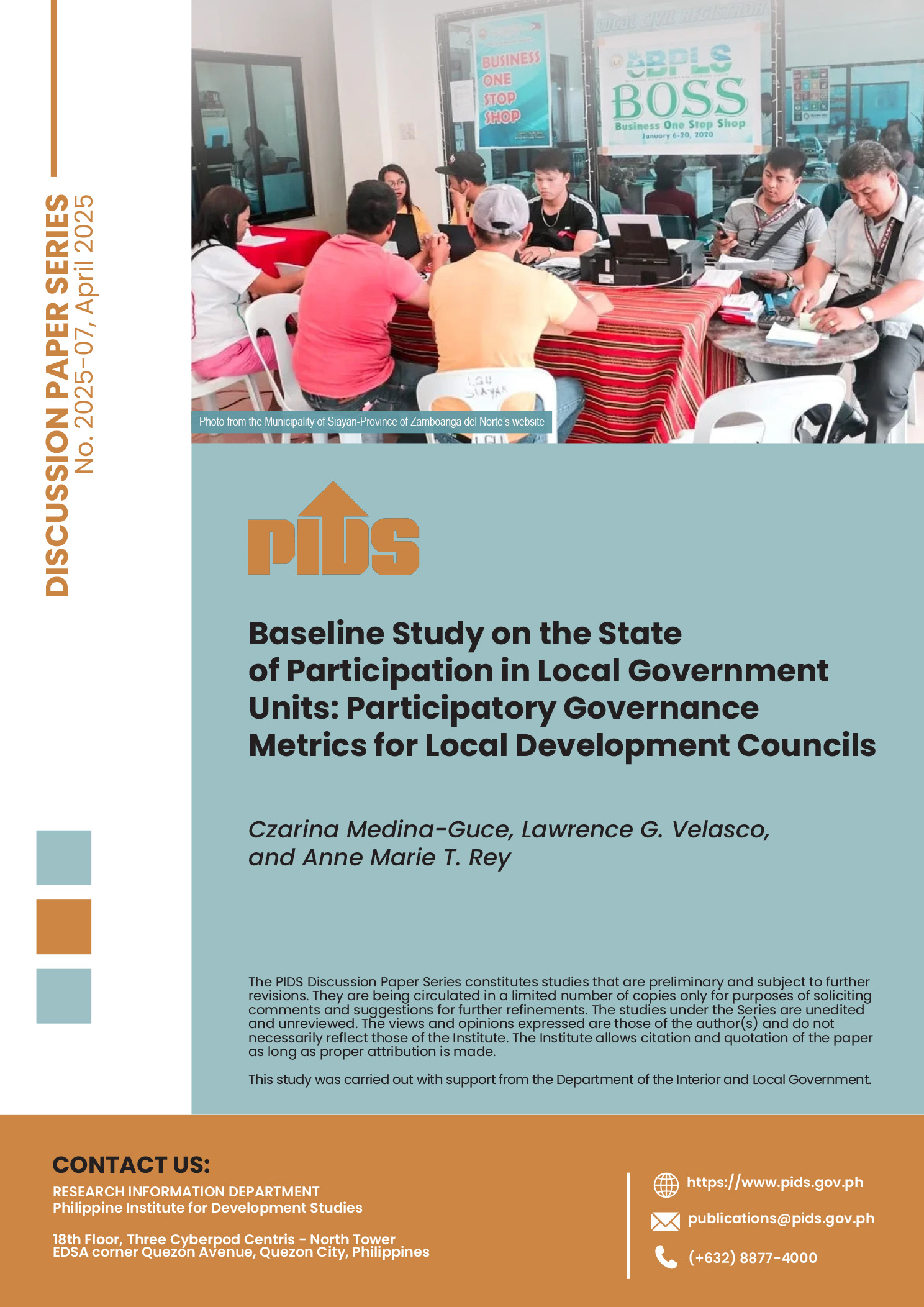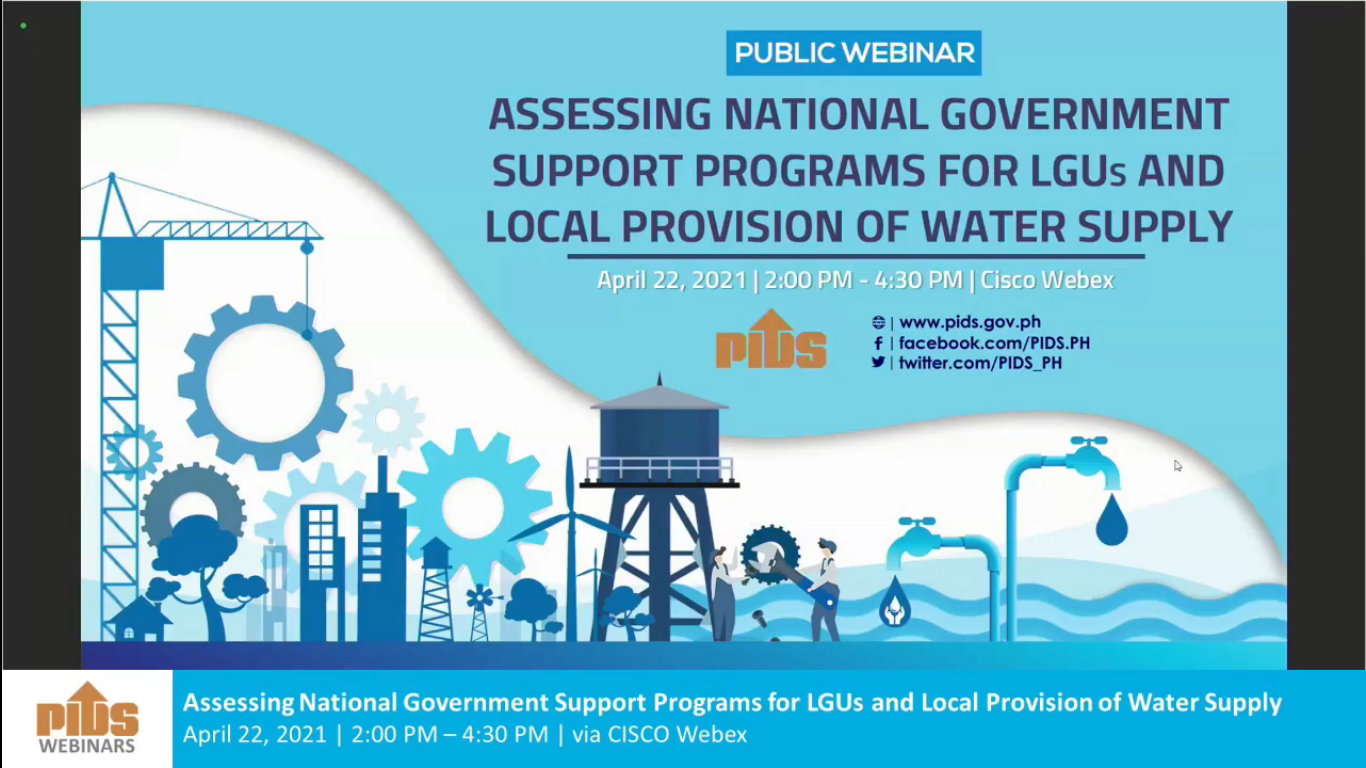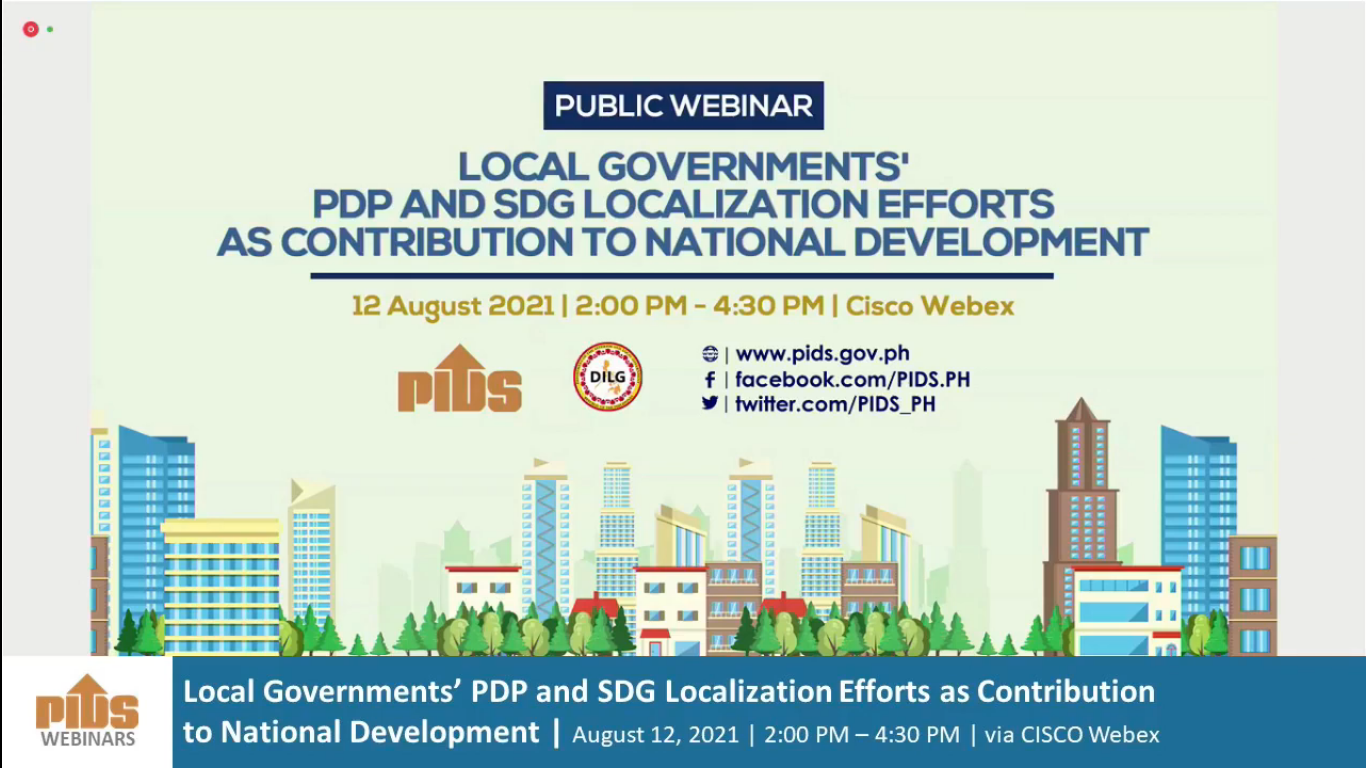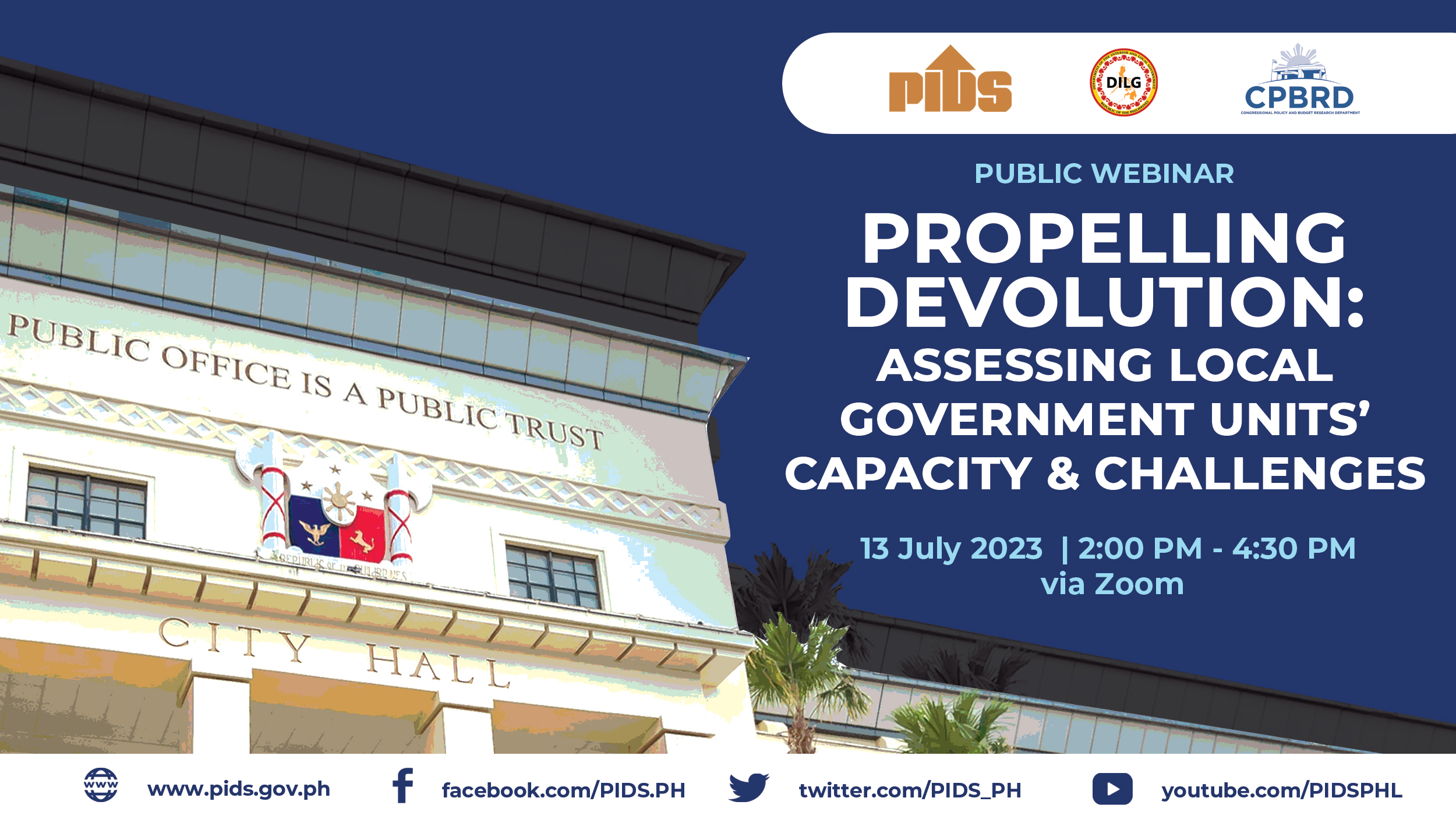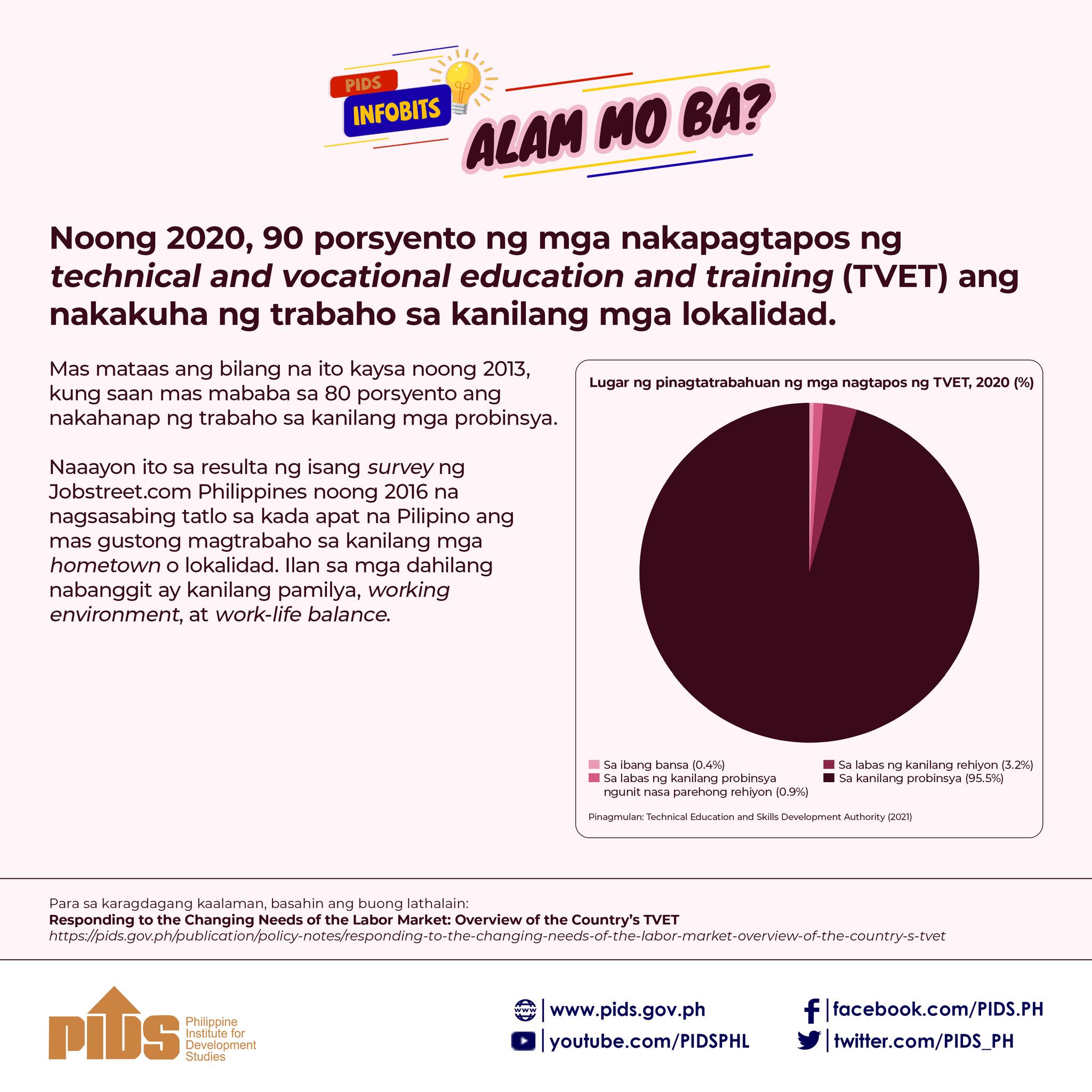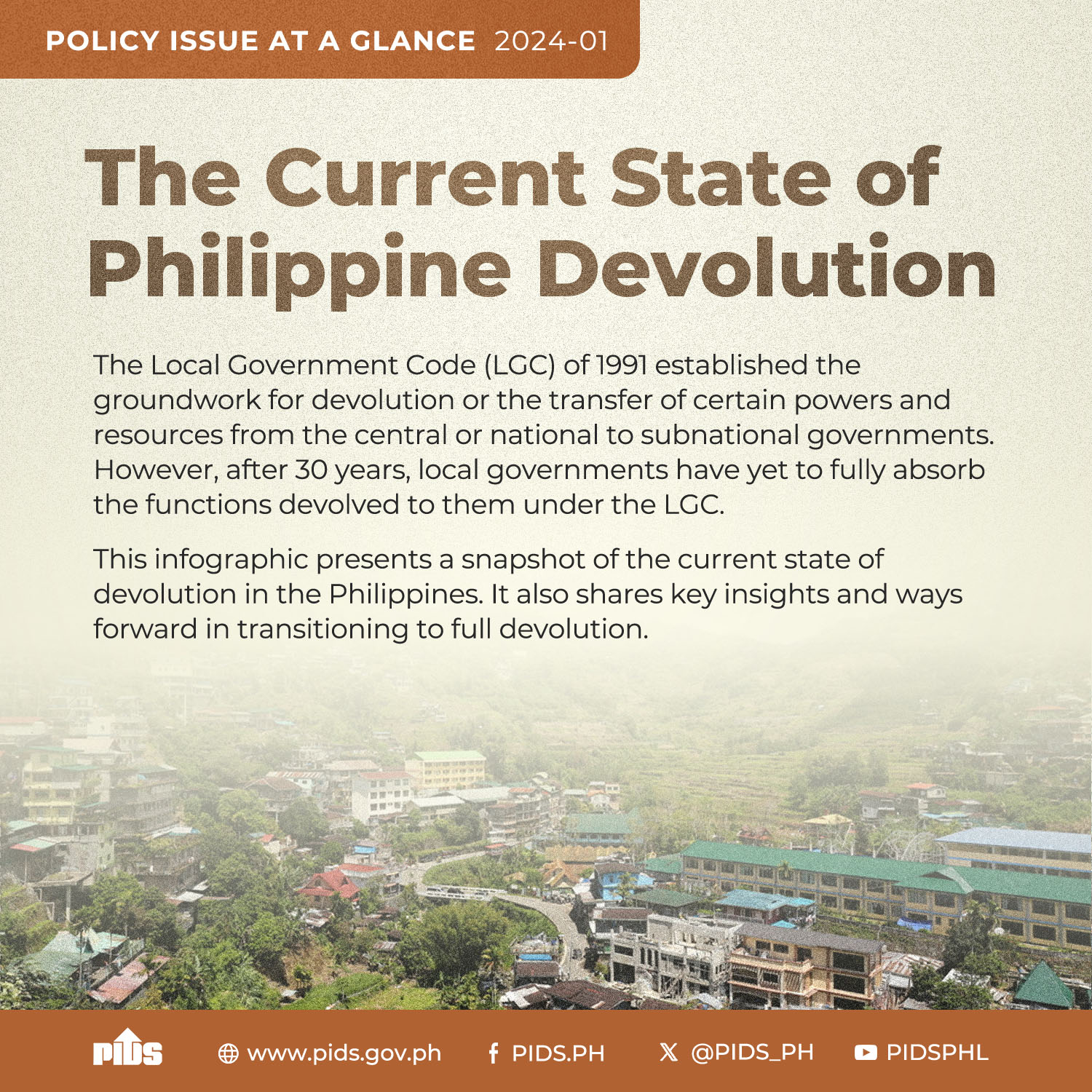BACOLOD CITY–The Philippines loses as much as 1.1 percent of its local output, or its gross domestic product (GDP), each year to disasters such as typhoons, according to a high-ranking government official.
In a news briefing that marked the close of the Asia-Pacific Economic Cooperation (Apec) Roadmap for Resilient Economies Meeting on Disaster-Risk Finance, Finance Undersecretary Gil S. Beltran said this was higher than the estimated average of just 0.6 percent to 0.7 percent of GDP in Apec member-economies.
"[It is] still large and it affects mainly the poor and the vulnerable, so we should do something about it because it’s not just the size of the impact, but also its impact on poverty that will push them deeper into poverty,” Beltran said.
According to him, the impact of natural disasters on the poor varies across the region and in the Philippines. When, for example, Supertyphoon Yolanda hit Central Visayas, the devastation in its wake caused a million people to fall into poverty.
The vulnerability of the Philippines and countries in the region to natural disasters has necessitated the need to consider post-disaster recovery and rehabilitation financing solutions.
Richard Poulter, a specialist on disaster-risk financing and insurance from the World Bank, said the Apec is considering risk-pooling to augment the financial needs of individual countries, after disasters occur.
Poulter said risk-pooling among regions in countries like the Philippines is also another option that is being studied.
"One of the ideas that were proposed in this regard on risk-pooling [requires] governments of the different countries coming together, sharing the risks and taking that to the international insurance market in order to achieve a lower premium than if they were to go individually to markets. This is an idea that Apec is considering,” Poulter said.
Under the plan, Apec economies pool their disaster-risk resources and then tap insurance collectively from an international insurance provider.
Poulter cited the model that the Philippines has pursued for some of its provinces, adding that this may be applied on a regional scale.
In particular, the Philippines has secured the assistance of the World Bank in developing an insurance framework, wherein disaster-prone provinces pool the risks, and have these covered collectively.
Under this arrangement, if a certain province is hit by a disaster, it can file claims from the insurance facility.
"In so many ways, the Philippines has been leading efforts toward [disaster] resiliency, and the model it is pursuing is an example,” Poulter said.
Finance ministries across the region will discuss in further detail the proposals raised at the Apec event in Bacolod, and decide what may be included in the so-called Cebu Action Plan (CAP).
The CAP is the overall finance-related development road map for Apec, which is now drafted by the Philippines while taking inputs from other Apec member-economies.
It is seen completed in time for the Apec Finance Ministers’ Meeting, which will be held in Cebu City in September.
A study from state-owned think tank Philippine Institute for Development Studies (PIDS) quoted data from the National Disaster Risk Reduction and Management Council, showing disasters visiting the country between 1990 and 2006 cost P20 billion a year, or 0.5 percent of the country’s GDP.
Further, the PIDS said an average 20 cyclones visit the country each year, and at least five of these exact a heavy price on lives and properties.
The annual casualty and damage to properties from these unfortunate events average 593 dead and P4.6 billion the past 30 years, the government think tank said.//
As much as 1.1% of local output being lost annually due to natural disasters

